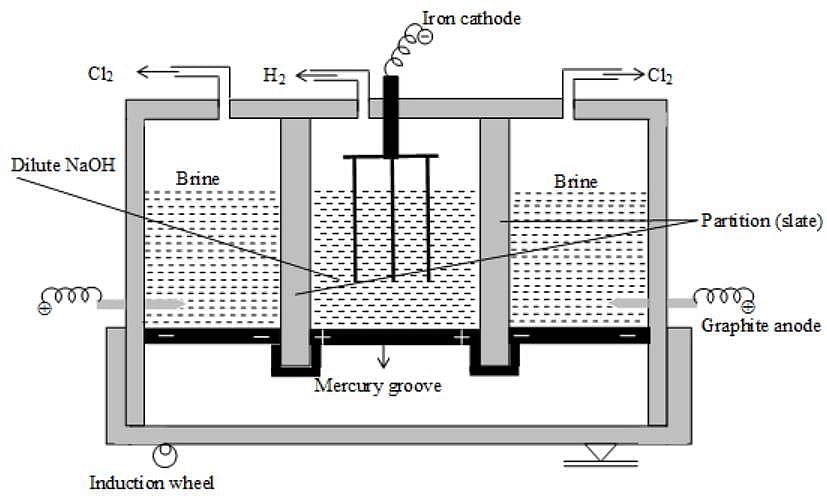NEET Exam > NEET Tests > NCERT Based Tests for NEET > Test: Important Compounds of s-Block (Old NCERT) - NEET MCQ
Test: Important Compounds of s-Block (Old NCERT) - NEET MCQ
Test Description
10 Questions MCQ Test NCERT Based Tests for NEET - Test: Important Compounds of s-Block (Old NCERT)
Test: Important Compounds of s-Block (Old NCERT) for NEET 2025 is part of NCERT Based Tests for NEET preparation. The Test: Important Compounds of s-Block (Old NCERT) questions and answers have been
prepared according to the NEET exam syllabus.The Test: Important Compounds of s-Block (Old NCERT) MCQs are made for NEET 2025 Exam. Find important
definitions, questions, notes, meanings, examples, exercises, MCQs and online tests for Test: Important Compounds of s-Block (Old NCERT) below.
Solutions of Test: Important Compounds of s-Block (Old NCERT) questions in English are available as part of our NCERT Based Tests for NEET for NEET & Test: Important Compounds of s-Block (Old NCERT) solutions in
Hindi for NCERT Based Tests for NEET course. Download more important topics, notes, lectures and mock
test series for NEET Exam by signing up for free. Attempt Test: Important Compounds of s-Block (Old NCERT) | 10 questions in 15 minutes | Mock test for NEET preparation | Free important questions MCQ to study NCERT Based Tests for NEET for NEET Exam | Download free PDF with solutions
Detailed Solution for Test: Important Compounds of s-Block (Old NCERT) - Question 1
Test: Important Compounds of s-Block (Old NCERT) - Question 2
Heating limestone at a temperature of 1070 K we get:
Detailed Solution for Test: Important Compounds of s-Block (Old NCERT) - Question 2
Test: Important Compounds of s-Block (Old NCERT) - Question 3
Aqueous solution of which of the following compounds is used to detect carbon dioxide:
Detailed Solution for Test: Important Compounds of s-Block (Old NCERT) - Question 3
Test: Important Compounds of s-Block (Old NCERT) - Question 4
Passing carbon dioxide through slaked lime gives:
Detailed Solution for Test: Important Compounds of s-Block (Old NCERT) - Question 4
Detailed Solution for Test: Important Compounds of s-Block (Old NCERT) - Question 5
Test: Important Compounds of s-Block (Old NCERT) - Question 6
In Castner Kellner cell, electrolyte used is:
Detailed Solution for Test: Important Compounds of s-Block (Old NCERT) - Question 6
Test: Important Compounds of s-Block (Old NCERT) - Question 7
Milk of lime reacts with chlorine to produce:
Detailed Solution for Test: Important Compounds of s-Block (Old NCERT) - Question 7
Detailed Solution for Test: Important Compounds of s-Block (Old NCERT) - Question 8
Test: Important Compounds of s-Block (Old NCERT) - Question 9
Pure NaCl is obtained by the process of:
Detailed Solution for Test: Important Compounds of s-Block (Old NCERT) - Question 9
Test: Important Compounds of s-Block (Old NCERT) - Question 10
The formula of bleaching powder is:
Detailed Solution for Test: Important Compounds of s-Block (Old NCERT) - Question 10
|
748 tests
|
Information about Test: Important Compounds of s-Block (Old NCERT) Page
In this test you can find the Exam questions for Test: Important Compounds of s-Block (Old NCERT) solved & explained in the simplest way possible.
Besides giving Questions and answers for Test: Important Compounds of s-Block (Old NCERT), EduRev gives you an ample number of Online tests for practice
















